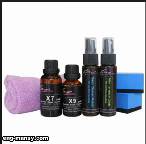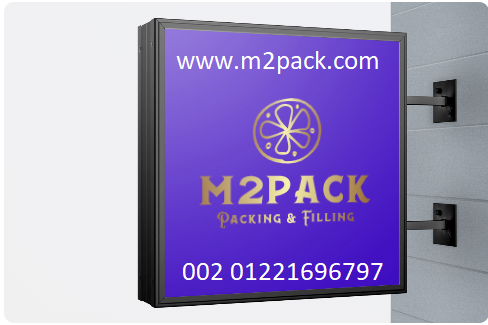Inorganic Nano Coatings 2 From 4

” In an inorganic coating system the solvent is simply water, so as the coating dries there are no harmful fumes.
or chemicals released into the air. Water-based inorganic nano coatings represent the forefront in coating technology because they contain 0% VOCs.
This makes them the most environmentally friendly coating product available in the marketplace. Binders are the part of a coating that holds it together and almost always made of organic material.
this makes it susceptible to ultraviolet (UV) radiation and other weathering elements that destroy organics. Contrast this to binders used in inorganic coatings that are impervious to any weathering that is experiences. This also holds true for the pigment portion of inorganic coatings because it is made up of durable minerals that will not degrade.
Because of these simple truths not only are inorganic coatings the most environmentally friendly, but also the most durable coatings available anywhere.
Inorganic materials have been used as building materials for as long as coatings have been around.
These include cement, concrete, metal, gypsum, and ceramics tiles. Ceramics represent the closest comparable to inorganic coatings, as they both have smooth durable surface finishes.
The difference between the two is how they are made.
Ceramics require high temperatures to cure and form a hard surface.
what makes inorganic nano coatings so special is their ability to cure at room temperature.
This is possible because of the nano particles in these coatings that have a relatively large surface area versus their particle size, creating the largest reaction area possible.
The advent of nano particles is the defining characteristic of making inorganic coatings possible while still allowing their application to be performed just like regular paint.



